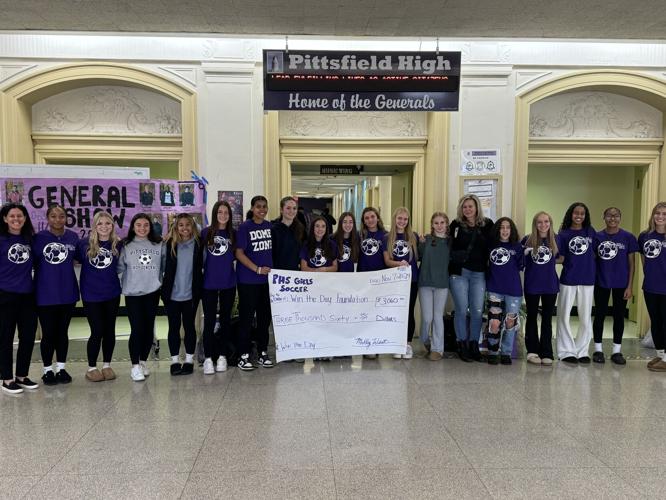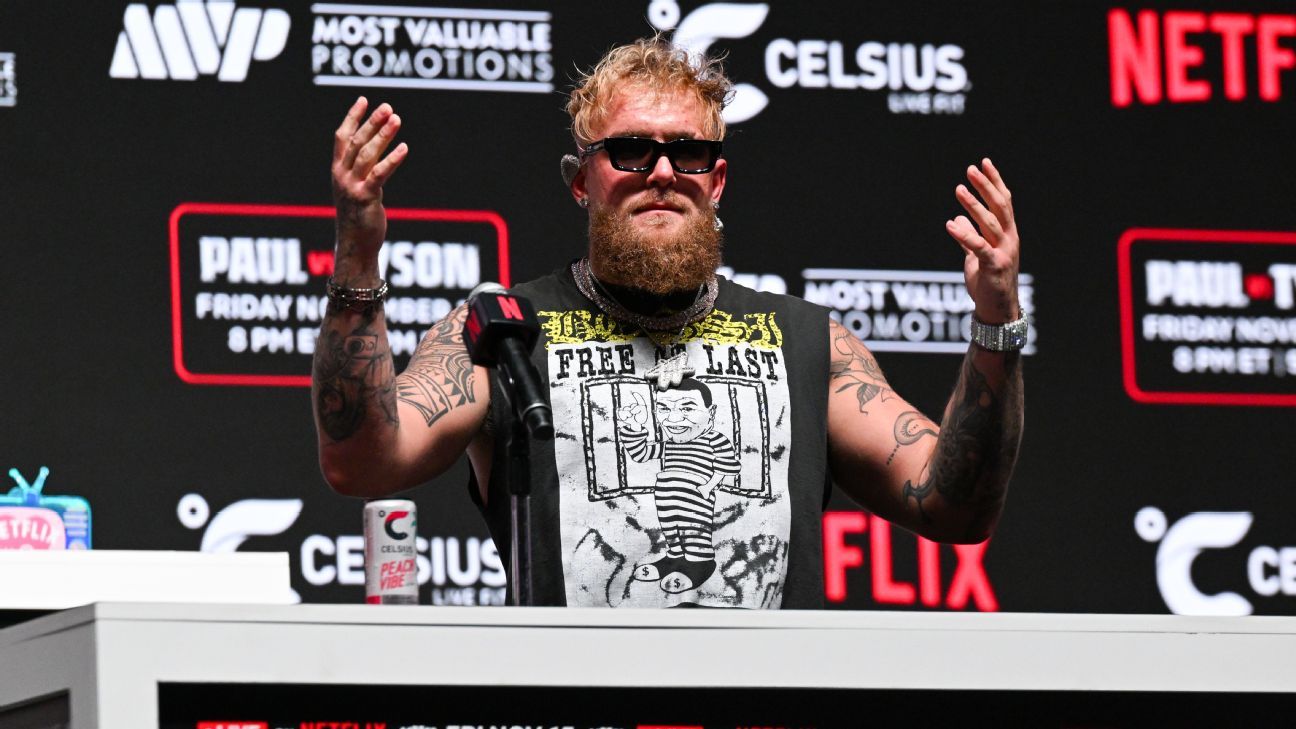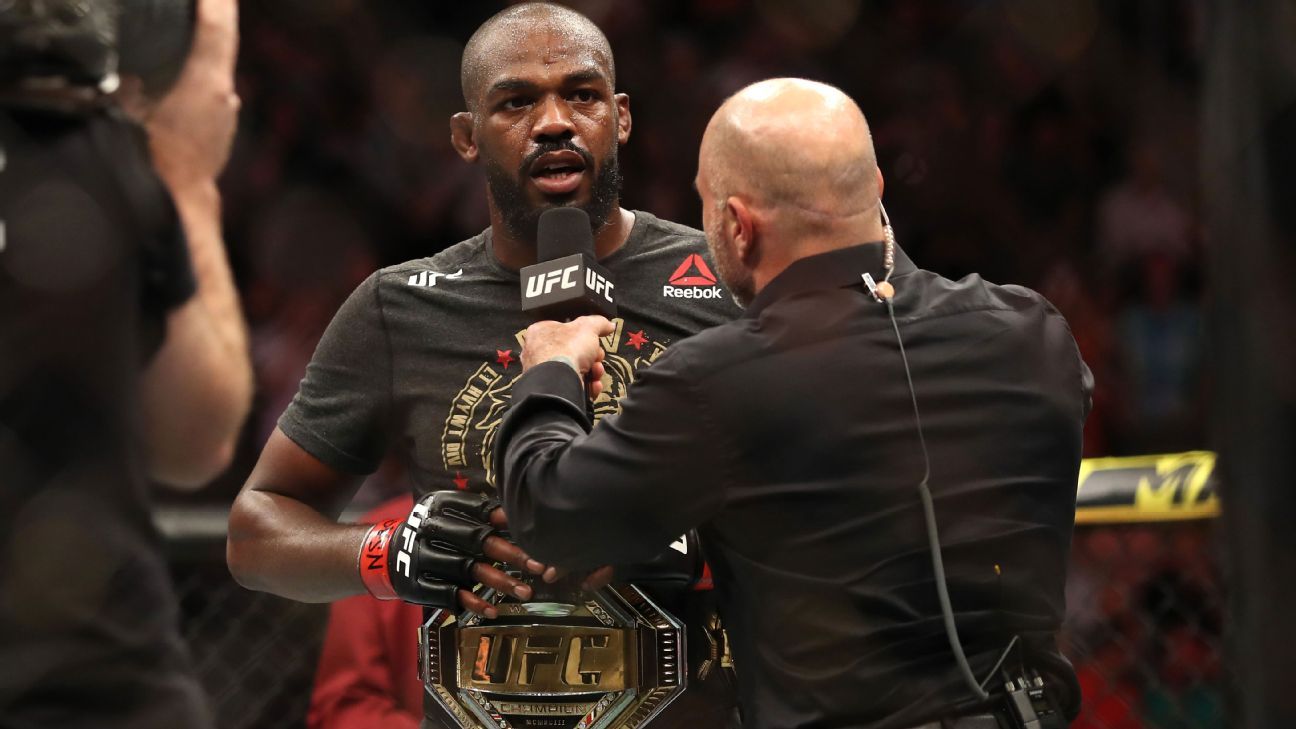
Imitation can be a life and death business in the world of ’s novels. Cleverly falsified documents might lead agents down the wrong path and into the clutches of the enemy. A good spy must be able to slough off their own identity to take on new ones.
In , the late secret service operative turned novelist’s master work, a manages to dupe the British establishment for decades, thanks to his convincing performance as the classic English gentleman. Now, though, the most audacious act of imitation in the le Carré universe is not one carried out by fictional spies, but by the author’s son. The bespectacled and “breathtakingly ordinary” intelligence officer George Smiley was first introduced to readers in le Carré’s debut novel and, over the course of nine novels, emerged as an anti-Bond: more likely to be found sifting through old filing cabinets than speeding off in getaway cars.
He is undramatic and unassuming, a thwarted academic rather than an action man, and is prone to stew over the moral implications of his work for decades. When le Carré died in 2020 at the age of 89, it seemed that his would be the final outing for his iconic character. But last year, it was announced that – the youngest of le Carré’s four children and a successful novelist in his own right, who has adopted an alias much like his father did – was working on a new Smiley story.
The response was cautiously optimistic. To shrug off any accusations of being the ultimate “nepo author”, it always helps if said author actually has a solid back list behind them, like Harkaway does (he’s been writing thrillers and speculative fiction for more than 15 years). Smiley would, in a way, become the spy who came back from the dead.
“There were always supposed to be more Smiley books,” Harkaway explains in the introduction to the resulting book, , but his father found it difficult to write the character after watching Alec Guinness’s virtuoso performance in the BBC television adaptation of . Le Carré, his family say, was keen for them to keep his works alive – and he had previously entrusted Harkaway to finish , his final novel published posthumously in 2021. author Mick Herron hailed the book as a final return to “le Carré’s familiar world: its themes, its principals, its impeccable style”.
It was a promising sign that Harkaway might be able to pick up the baton. But resurrecting your late father’s most beloved literary creation? It’s certainly a bold move, one that is worlds away from tinkering with a pre-existing but unfinished manuscript. Perhaps bolder still is the decision to emblazon the words “a John le Carré novel” on the front cover.
For every reader that will automatically gravitate towards anything bearing the le Carré seal, there will surely be a disgruntled fan muttering about integrity, accuracy and why nothing ever seems to these days. It’s a project that inevitably raises questions. Can you sustain another writer’s specific tone and style, without it feeling like parody? Do we need every gap in a character’s backstory plugged? Do spin-offs like this one augment or diminish a literary legacy? And, fundamentally, is it all about the money? The venture is not a publishing anomaly.
In recent decades, the industry has woken up to the fact that literary legacies can be big business, allowing well-loved characters to live on indefinitely. In the UK, books enter the public domain 70 years after the death of their author. Before that, control is in the hands of their descendants, or whoever they have appointed to look after their estate.
They are the guardians of the late writer’s characters, aiming to keep an author relevant to modern readers, without diluting their brand. They can veto or approve projects such as spin-off books and screen adaptations. The industry has woken up to the fact that literary legacies can be big business, allowing well-loved characters to live on indefinitely The latter is a particularly lucrative incentive, especially in the era of long, leisurely streaming series, when entertainment companies eye up well-known literary IP to lend their platforms prestige.
Netflix made headlines a few years back when it ; they also own the rights to CS Lewis’ Narnia books. Long before was announced, Le Carré’s sons Simon and Steven Cornwell set up The Ink Factory, a production company that has focused on (they are currently working on of BBC hit , which will go beyond the confines of the original 1993 novel). Authors such as Ian Fleming and Agatha Christie set up companies to control these rights and manage their interests after their deaths.
The Fleming estate allowed Kingsley Amis to write the first post-Fleming Bond novel in the Sixties; celebrated authors like William Boyd and Anthony Horowitz have since taken up the 007 mantle, to critical acclaim. Select writers have tried their hand at Poirot and Marple mysteries, after receiving the go-ahead from Agatha Christie Limited. It’s quite striking that these “continuation” books tend to be the preserve of genre fiction, such as spy tales and mysteries, where much of the joy of reading lies in a specific character returning to do a specific task.
The success of such projects tends to ride upon carefully matchmaking (new) author with (old) character: it makes sense that someone like Sophie Hannah, a veteran crime writer and Christie fan, should be the new custodian of Poirot. But it’s not uncommon for literary names to keep their legacy in the family, either. Christopher Tolkien famously worked on his father’s posthumous Middle Earth story collection, and Adrian Conan Doyle returned to Baker Street for .
Lee Child’s younger brother Andrew Grant is in the process of taking over writing duties on the Jack Reacher series. Is there something a little uncanny, even ethically dubious about trying to channel a dead writer’s voice? Perhaps, but you could also see this new focus on legacy as a form of respect: wanting to steward their reputation even in the afterlife, and hoping that their characters outlive them. Eventually, it must surely boil down to the wishes of the writer themselves.
If there is even a whiff of exploitation about such projects, they never tend to come off well. You only have to remember the : the sort-of sequel for was published in Lee’s lifetime, but some claimed that the 89-year-old, who died a year later, had been under pressure to release it. Harkaway’s father left his son an intriguing gap in the Smiley timeline to play with, at least.
Between the events of 1963’s , when he becomes embroiled in a mission that proves fatal to his friend Alec Leamas, and 1974’s , when our unassuming hero unmasks a high-ranking colleague as a traitor, his history is pretty blank. Returning to the height of the Cold War, when Smiley is a comparatively spritely fifty-something, makes a lot of sense. When le Carré gave him a last hurrah in , we had to suspend our disbelief about the mental acuity and near-perfect recall of a character who should, by reader calculations, be more than 100 years old.
opens a few years after the gut-punch finale of . Smiley has retired from the Circus (le Carré’s term for the secret service) but is dragged back in for one last job: an investigation that leads him to a long-time foe. It’s a cleverly constructed plot – but while the twists and turns, double and triple crosses were always part of the thrill of le Carré, they were not the only draw.
Much of the appeal lay in the prose: meticulously crafted, pared back, often dripping in ambiguity. Take our introduction to Smiley: “Short, fat and of a quiet disposition, he appeared to spend a lot of money on really bad clothes, which hung about his squat frame like skin on a shrunken toad.” It’s writing that is at once grey and vivid.
Could Harkaway recreate that? For the most part, the answer is yes – perhaps because he has been training his ear from an early age. As a teenager, he would listen to the Smiley stories on tape to help him drift off to sleep. You wonder if the rhythms of his father’s writing somehow seeped in by osmosis.
When he describes Smiley as possessing “a watchfulness that touched everything, as if a fog were paying attention to the house it surrounded”, the entire image has an uncannily le Carré murkiness to it. The whole novel, in fact, is suffused by this sensation. We’re transported back to the crumbling Circus, with its visceral grottiness; HQ is not a gleaming skyscraper but an ancient building probably better off condemned, where “you could hear the ribs of the building creak and the water pipes moan, and their burning Victorian radiators hiss and whisper”.
Few spy writers, you imagine, are bothered about the noise of plumbing. Harkaway’s father left his son an intriguing gap in the Smiley timeline to play with Harkaway’s additions slot in well into this gloomy, grimy world. Le Carré’s female characters, bar a few notable exceptions, often felt flatter than paper dolls; here, they are among the most memorable new faces.
The “Bad Aunts”, an indefatigable group of unofficial researchers deemed “too Jewish or too Jamaican or too intimate with other women” to be on the Circus’s books, are an especially enjoyable new presence. And what of the main man? The Smiley of is familiar enough to appeal to long-time readers, yet never feels like a caricature, thanks to fresh emphasis on his fraught marriage (the errant Lady Ann, a largely off-stage presence in previous books, appears as a more sympathetic figure) and flashes of previously unseen operational skills. It’s a clever balancing act of old infused with new, much like the book itself.
Smiley is in safe hands for now, it seems..













